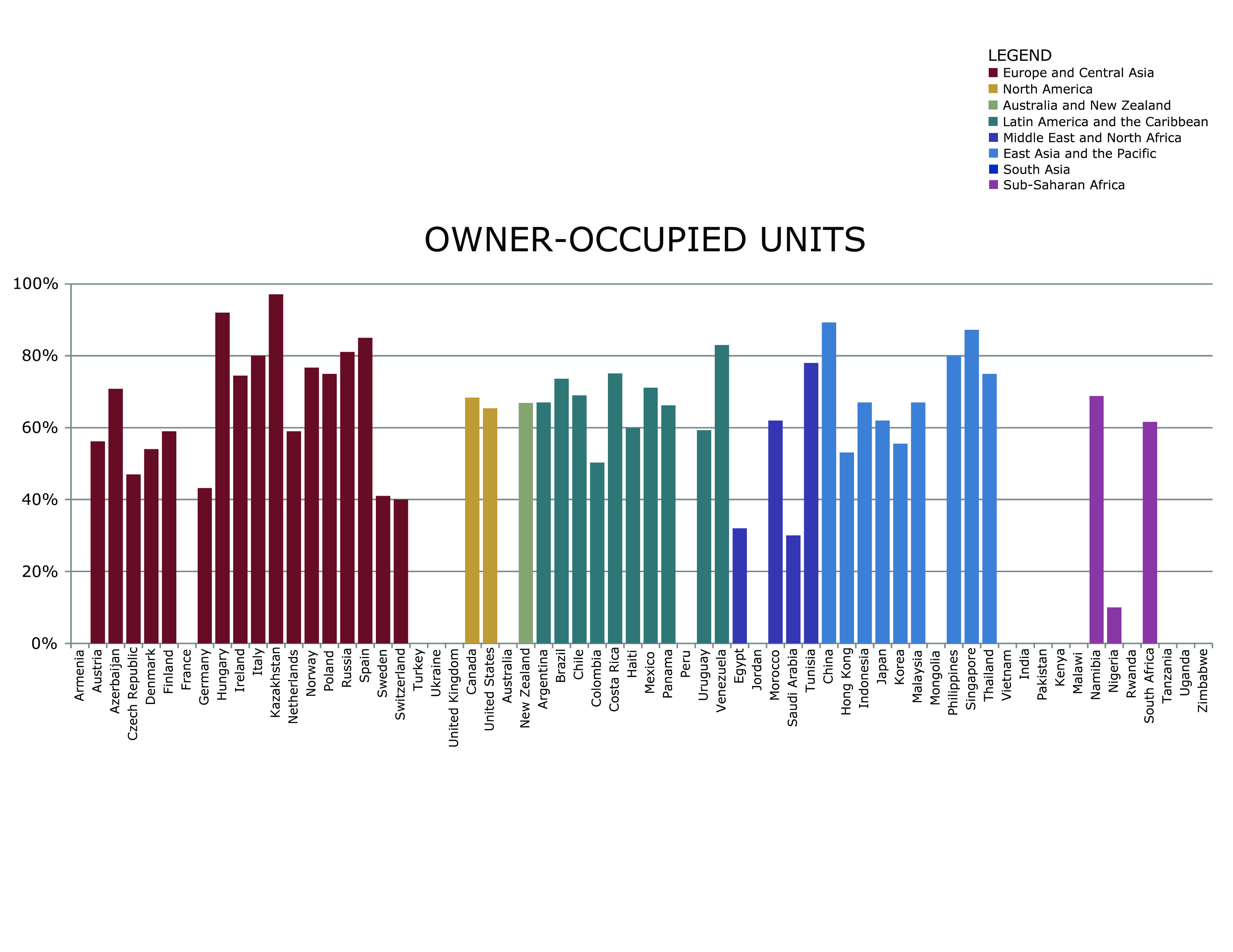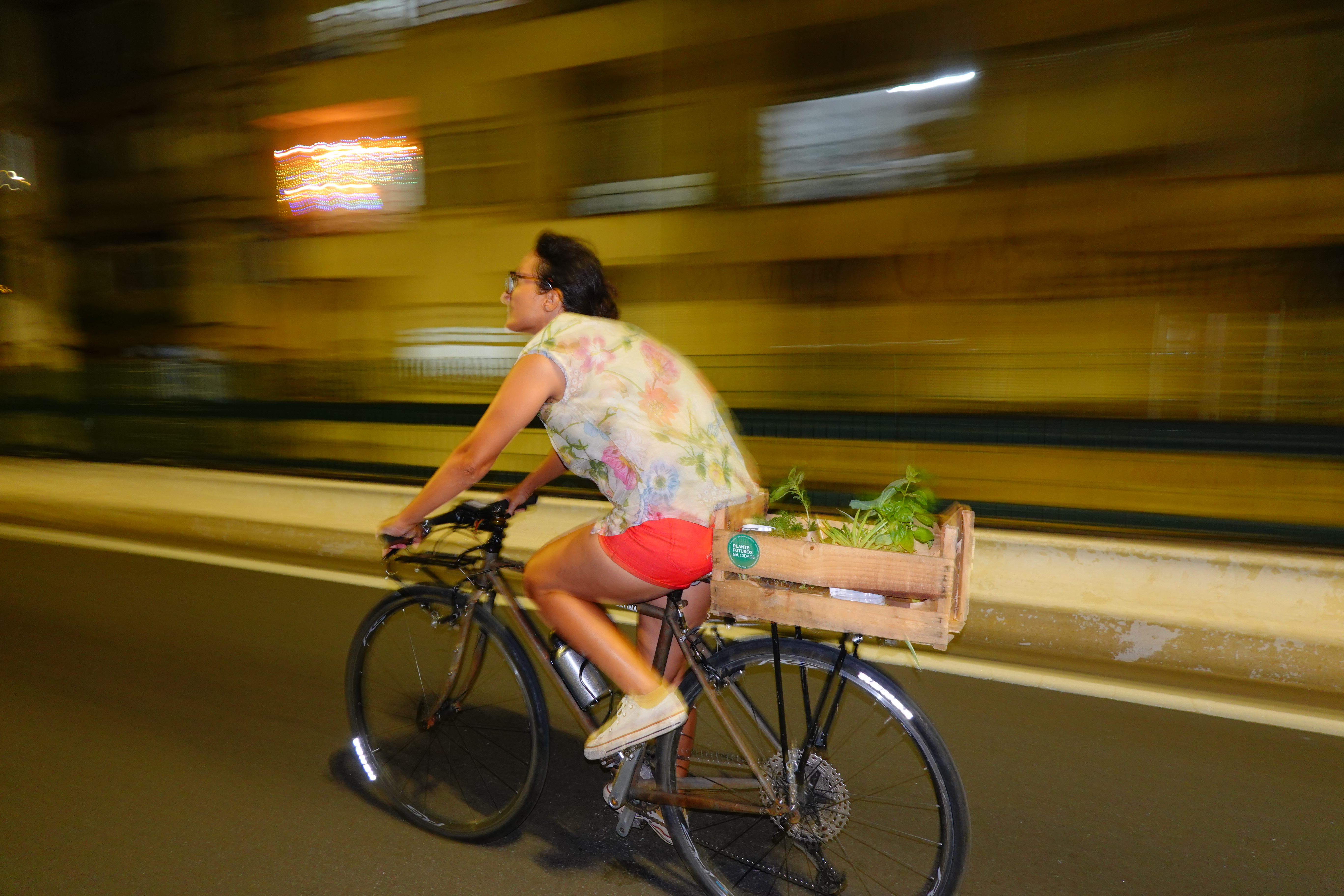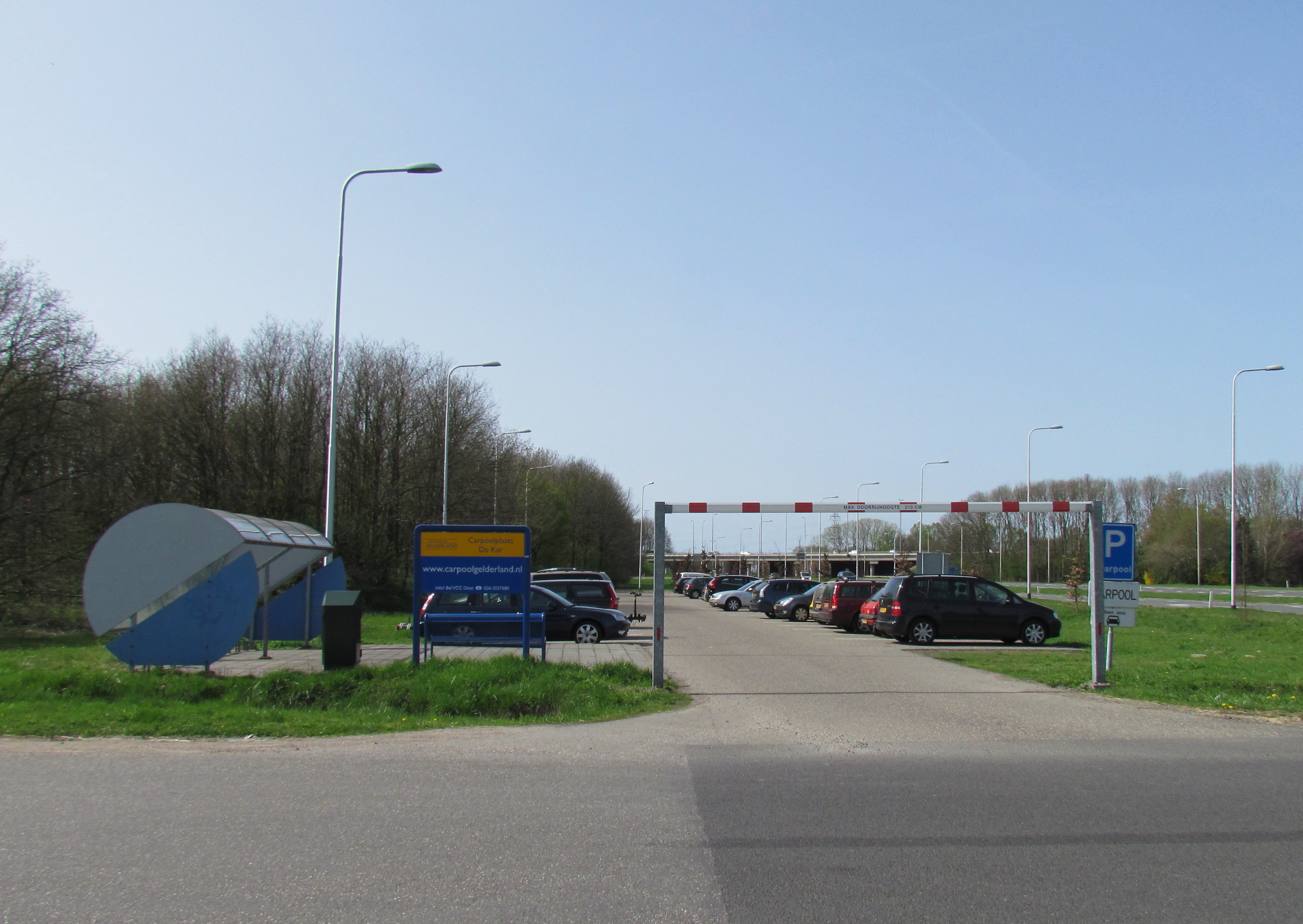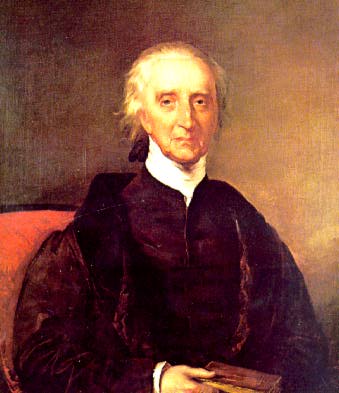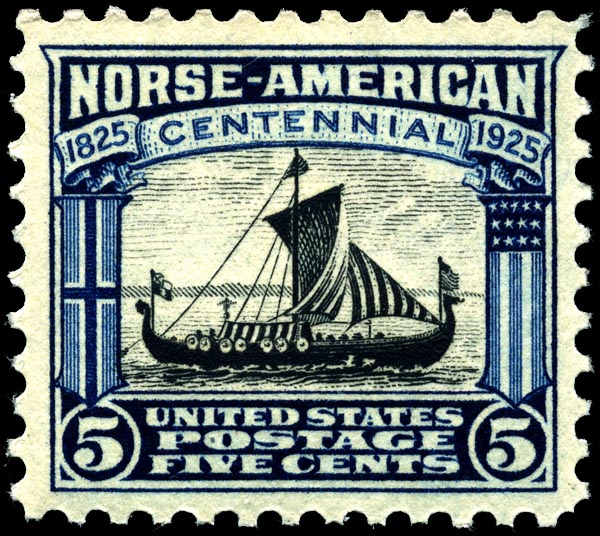|
North Branch, Minnesota
North Branch is a city in Chisago County, Minnesota, United States, at the junction of Interstate 35 and Minnesota State Highway 95. The population was 10,787 at the 2020 census. It is named for the north branch of the Sunrise River, which flows through the city. Geography According to the United States Census Bureau, the city has a total area of , of which, is land and is water. History North Branch became a township in 1861, and incorporated in 1881. In 1901 North Branch split into a village covering the more densely populated downtown area and a township covering the rest of the former village. The township later incorporated as the village of Branch in 1961. The two cities talked about a potential merger for years, beginning in the late 1970s. The first public referendum on the issue was held in 1984, and failed. A second referendum was held on September 13, 1994, and passed. The two cities officially merged on November 14, 1994. Arrowhead Transit provides public bus ... [...More Info...] [...Related Items...] OR: [Wikipedia] [Google] [Baidu] |
City
A city is a human settlement of a substantial size. The term "city" has different meanings around the world and in some places the settlement can be very small. Even where the term is limited to larger settlements, there is no universally agreed definition of the lower boundary for their size. In a narrower sense, a city can be defined as a permanent and Urban density, densely populated place with administratively defined boundaries whose members work primarily on non-agricultural tasks. Cities generally have extensive systems for housing, transportation, sanitation, Public utilities, utilities, land use, Manufacturing, production of goods, and communication. Their density facilitates interaction between people, government organisations, government organizations, and businesses, sometimes benefiting different parties in the process, such as improving the efficiency of goods and service distribution. Historically, city dwellers have been a small proportion of humanity overall, bu ... [...More Info...] [...Related Items...] OR: [Wikipedia] [Google] [Baidu] |
Arrowhead Transit
Arrowhead Transit is a public transportation system serving ten counties in northeastern Minnesota. Established in 1974, the system is operated by the Arrowhead Economic Opportunity Agency (AEOA), a nonprofit community action agency. Services include fixed-route buses, Dial-A-Ride, inter-county commuter routes, and a volunteer driver program. History Arrowhead Transit was launched in 1974 to provide transportation for older adults in rural communities. AEOA, its parent organization, was formed in 1965 under the Economic Opportunity Act. In the following decades, Arrowhead Transit expanded its services to include the general public. In 1979–1986, Arrowhead Transit participated in the formation of the National Association for Transportation Alternatives, which later became the Community Transportation Association of America. In 1989, the agency established a regional headquarters in Gilbert, Minnesota. A facility in Grand Rapids was added in 1994. In 2008, Arrowhead Transit ... [...More Info...] [...Related Items...] OR: [Wikipedia] [Google] [Baidu] |
White (U
White is the lightest color and is achromatic (having no chroma). It is the color of objects such as snow, chalk, and milk, and is the opposite of black. White objects fully (or almost fully) reflect and scatter all the visible wavelengths of light. White on television and computer screens is created by a mixture of red, blue, and green light. The color white can be given with white pigments, especially titanium dioxide. In ancient Egypt and ancient Rome, priestesses wore white as a symbol of purity, and Romans wore white togas as symbols of citizenship. In the Middle Ages and Renaissance a white unicorn symbolized chastity, and a white lamb sacrifice and purity. It was the royal color of the kings of France as well as the flag of monarchist France from 1815 to 1830, and of the monarchist movement that opposed the Bolsheviks during the Russian Civil War (1917–1922). Greek temples and Roman temples were faced with white marble, and beginning in the 18th c ... [...More Info...] [...Related Items...] OR: [Wikipedia] [Google] [Baidu] |
Population Density
Population density (in agriculture: Standing stock (other), standing stock or plant density) is a measurement of population per unit land area. It is mostly applied to humans, but sometimes to other living organisms too. It is a key geographical term.Matt RosenberPopulation Density Geography.about.com. March 2, 2011. Retrieved on December 10, 2011. Biological population densities Population density is population divided by total land area, sometimes including seas and oceans, as appropriate. Low densities may cause an extinction vortex and further reduce fertility. This is called the Allee effect after the scientist who identified it. Examples of the causes of reduced fertility in low population densities are: * Increased problems with locating sexual mates * Increased inbreeding Human densities Population density is the number of people per unit of area, usually transcribed as "per square kilometre" or square mile, and which may include or exclude, for example, ar ... [...More Info...] [...Related Items...] OR: [Wikipedia] [Google] [Baidu] |
Owner-occupancy
Owner-occupancy or home-ownership is a form of housing tenure in which a person, called the owner-occupier, owner-occupant, or home owner, owns the home in which they live. The home can be a house, such as a single-family detached home, single-family house, an apartment, condominium, or a housing cooperative. In addition to providing housing, owner-occupancy also functions as a real estate investing, real estate investment. Acquisition Some homes are constructed by the owners with the intent to occupy. Many are inheritance, inherited. A large number are purchased as new homes from a real estate development, real estate developer or as an existing home from a previous landlord or owner-occupier. A house is usually the most expensive single purchase an individual or family makes and often costs several times the annual household income. Given the high cost, most individuals do not have enough saving, savings on hand to pay the entire amount outright. In developed countries, mortg ... [...More Info...] [...Related Items...] OR: [Wikipedia] [Google] [Baidu] |
Poverty In The United States
In the United States, poverty has both social and political implications. Based on Measuring poverty, poverty measures used by the Census Bureau (which exclude non-cash factors such as food stamps or medical care or public housing), America had 37 million people defined as living in poverty in 2023; this is 11 percent of the population. Some of the many causes include income, inequality, inflation, unemployment, debt traps and poor education.Western, B. & Pettit, B., (2010)Incarceration and social inequality.Daedalus, 139(3), 8-19 The majority of adults living in poverty are employed and have at least a high school education. Although the US is a relatively wealthy country by international standards, it has a persistently high poverty rate compared to other developed countries due in part to a less generous welfare system. Efforts to alleviate poverty include New Deal-era legislation during the Great Depression, to the national war on poverty in the 1960s and poverty alleviat ... [...More Info...] [...Related Items...] OR: [Wikipedia] [Google] [Baidu] |
Remote Work
Remote work (also called telecommuting, telework, work from or at home, WFH as an initialism, hybrid work, and other terms) is the practice of work (human activity), working at or from one's home or Third place, another space rather than from an office or workplace. The practice of working at home has been documented for centuries, but remote work for large employers began on a small scale in the 1970s, when technology was developed which could link satellite offices to downtown mainframes through dumb terminals using telephone lines as a network bridge. It became more common in the 1990s and 2000s, facilitated by internet technologies such as collaborative software on cloud computing and conference calling via videotelephony. In 2020, workplace hazard controls for COVID-19 catalyzed a rapid transition to remote work for white-collar workers around the world, which largely persisted even after restrictions were lifted. Proponents of having a geographically distributed workforc ... [...More Info...] [...Related Items...] OR: [Wikipedia] [Google] [Baidu] |
Bicycle Commuting
Bicycle commuting is the use of a bicycle to travel from home to a place of work or study — in contrast to the use of a bicycle for sport, recreation or touring. Commuting especially lends itself to areas with relatively flat terrain and arrangements to keep riders relatively safe from the hazards of accidents with motorized traffic, e.g. separated bicycle lanes and a general acceptance of cyclists as traffic participants. The rise of the electric bicycle which is quickly surpassing the sales of conventional bicycles will effectively increase bicycle commuting in hilly areas and allow for longer journeys. A bike bus is a form of collective bicycle commuting where participants cycle together on a set route following a set timetable. Cyclists may join or leave the bike bus at various points along the route. Bicycles are used for commuting worldwide. In some places, like the Netherlands, cycling to work is very common. Elsewhere, commuting by car or public transport is ... [...More Info...] [...Related Items...] OR: [Wikipedia] [Google] [Baidu] |
Carpooling
Carpooling is the sharing of car A car, or an automobile, is a motor vehicle with wheels. Most definitions of cars state that they run primarily on roads, seat one to eight people, have four wheels, and mainly transport people rather than cargo. There are around one billio ... journeys so that more than one person travels in a car, and prevents the need for others to have to drive to a location themselves. Carpooling is considered a Demand-Responsive Transport (DRT) service. By having more people using one vehicle, carpooling reduces each person's travel costs such as: Gasoline and diesel usage and pricing, fuel costs, toll road, tolls, and the stress of driving. Carpooling is also a more environmentally friendly and sustainable way to travel as sharing journeys reduces air pollution, carbon emissions, traffic congestion on the roads, and the need for parking spaces. Authorities often encourage carpooling, especially during periods of high pollution or high fuel price ... [...More Info...] [...Related Items...] OR: [Wikipedia] [Google] [Baidu] |
Polish Americans
Polish Americans () are Americans who either have total or partial Polish ancestry, or are citizens of the Republic of Poland. There are an estimated 8.81 million self-identified Polish Americans, representing about 2.67% of the U.S. population, according to the 2021 American Community Survey conducted by the U.S. Census Bureau. The first eight Polish immigrants to British America came to the Jamestown colony in 1608, twelve years before the Pilgrims arrived in Massachusetts. Two Polish volunteers, Casimir Pulaski and Tadeusz Kościuszko, aided the Americans in the Revolutionary War. Casimir Pulaski created and led the Pulaski Legion of cavalry. Tadeusz Kosciuszko designed and oversaw the construction of state-of-the-art fortifications, including those at West Point, New York. Both are remembered as American heroes. Overall, around 2.2 million Poles and Polish subjects immigrated into the United States between 1820 and 1914, chiefly after national insurgencies and famine. Th ... [...More Info...] [...Related Items...] OR: [Wikipedia] [Google] [Baidu] |
Irish Americans
Irish Americans () are Irish ethnics who live within in the United States, whether immigrants from Ireland or Americans with full or partial Irish ancestry. Irish immigration to the United States From the 17th century to the mid-19th century Some of the first Irish people to travel to the New World did so as members of the Spanish garrison in Florida during the 1560s. Small numbers of Irish colonists were involved in efforts to establish colonies in the Amazon region, in Newfoundland, and in Virginia between 1604 and the 1630s. According to historian Donald Akenson, there were "few if any" Irish forcibly transported to the Americas during this period. Irish immigration to the Americas was the result of a series of complex causes. The Tudor conquest and subsequent colonization by English and Scots people during the 16th and 17th centuries had led to widespread social upheaval in Ireland. Many Irish people tried to seek a better life elsewhere. At the time Eur ... [...More Info...] [...Related Items...] OR: [Wikipedia] [Google] [Baidu] |
Norwegian Americans
Norwegian Americans () are Americans with ancestral roots in Norway. Norwegian immigrants went to the United States primarily in the latter half of the 19th century and the first few decades of the 20th century. There are more than 4.5 million Norwegian Americans, according to the 2021 U.S. census; most live in the Upper Midwest and on the West Coast of the United States. Immigration Viking-era exploration Norsemen from Greenland and Iceland were the first Europeans to reach North America. Leif Erikson reached North America via Norse settlements in Greenland around the year 1000. Norse settlers from Greenland founded the settlement of L'Anse aux Meadows in Vinland, in what is now Newfoundland, Canada. These settlers failed to establish a permanent settlement because of conflicts with indigenous people and within the Norse community. Colonial settlement The Netherlands, and especially the cities of Amsterdam and Hoorn, had strong commercial ties with the coastal lumber t ... [...More Info...] [...Related Items...] OR: [Wikipedia] [Google] [Baidu] |




